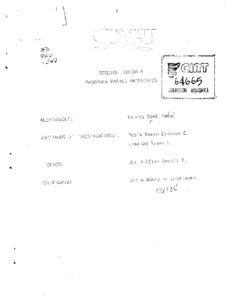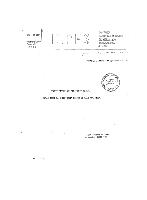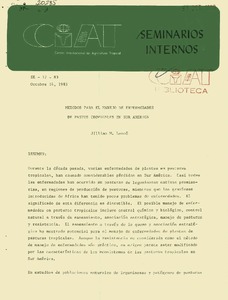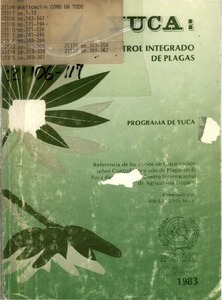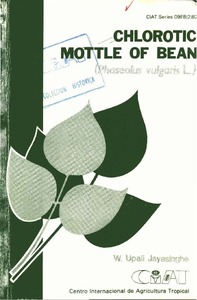The results of a case study conducted in Betulia (Sucre, Colombia) in May-Dec. 1983 to evaluate the competition for land between cassava cultivation (monocropped or in association with maize or yam) and cattle raising are discussed. In general, profits from cassava either in association or in…
The 1st yr of operation (1983-84) of 6 cassava natural drying plants, established in some states of the Colombian Atlantic Coast as a result of the successful operation of the Betulia pilot plant (Sucre) established in 1981, is reported. Under the present production and commercialization…
The results of a survey conducted in 1983 among 416 farmers participating in the integrated rural development project (DRI, Colombia) in Atlantico (60), Bolivar (66), Cordoba (156), and Sucre (134), on land use and importance of cassava within the farming system, are presented. Except for…
Durante la decada pasada, varias enfermedades de plantas forrajeras tropicales ocasionan perdidas considerables en America del Sur. Casi todas lasenfermedades han ocurrido en praderas de leguminosas nativas promisorias, en regiones de produccion de pastos, mientras que las gramineas introducidas…
The management of cassava intercropping and its evaluation are described. Multiple cropping systems are defined: consecutive cropping and intercropping (mixed intercropping, row intercropping, strip intercropping, and relay intercropping). Basic biological and nutritional aspects of multiple…
Due to the increasing extension of areas planted to cassava in tropical countries, the maintenance of biological equilibrium through adequate integrated control techniques becomes imperative as well as the collection of data on var. resistance, biological control, and cultural practices. Basic…
A guideline for carrying out regional trials in cassava is given, including necessary steps (identification of collaborators, selection of sites, identification of person in charge, planting and harvesting season, exptl. design, plot size, and border rows); the technology used (selection and…
In May 1980 the soil section of CIAT's cassava program established a fertilization trial with 3 cassava var. [Barranquena (regional), M Col 113, and CMC 921 to measure its effect on yield and establish optimum levels from an economical point of view. The trial took place in Mondomito and…

